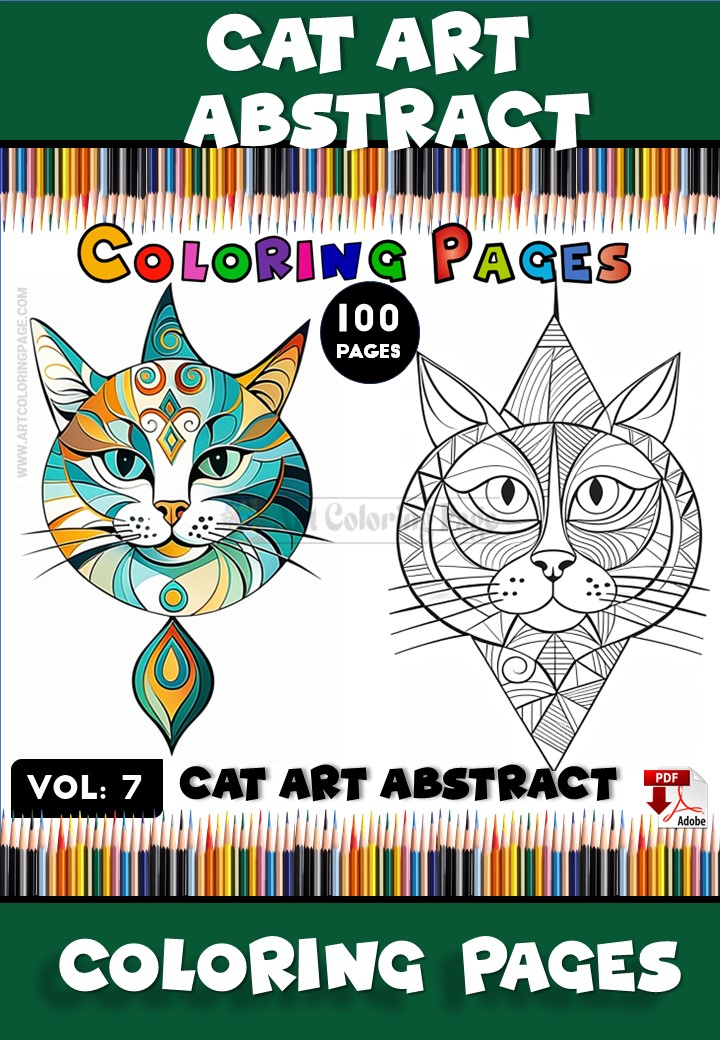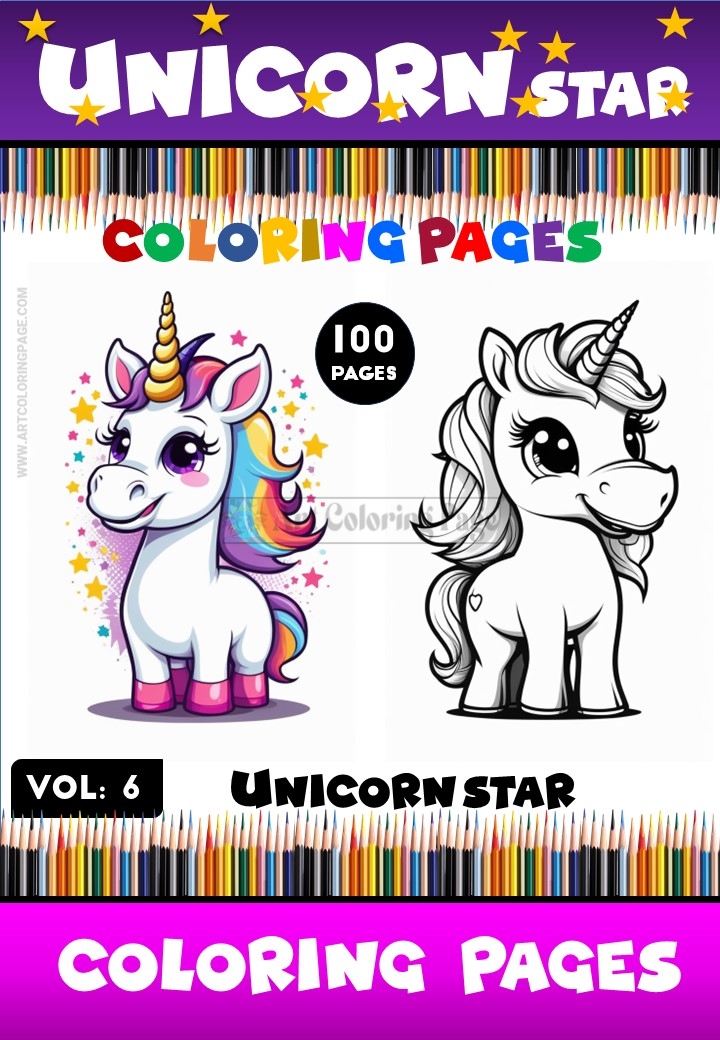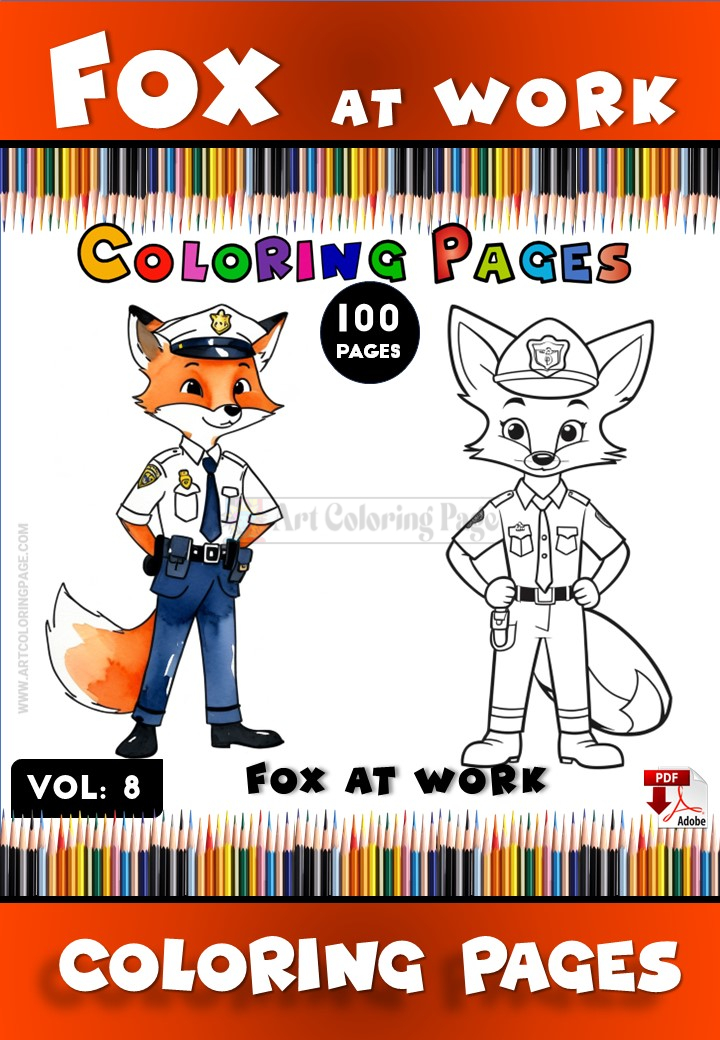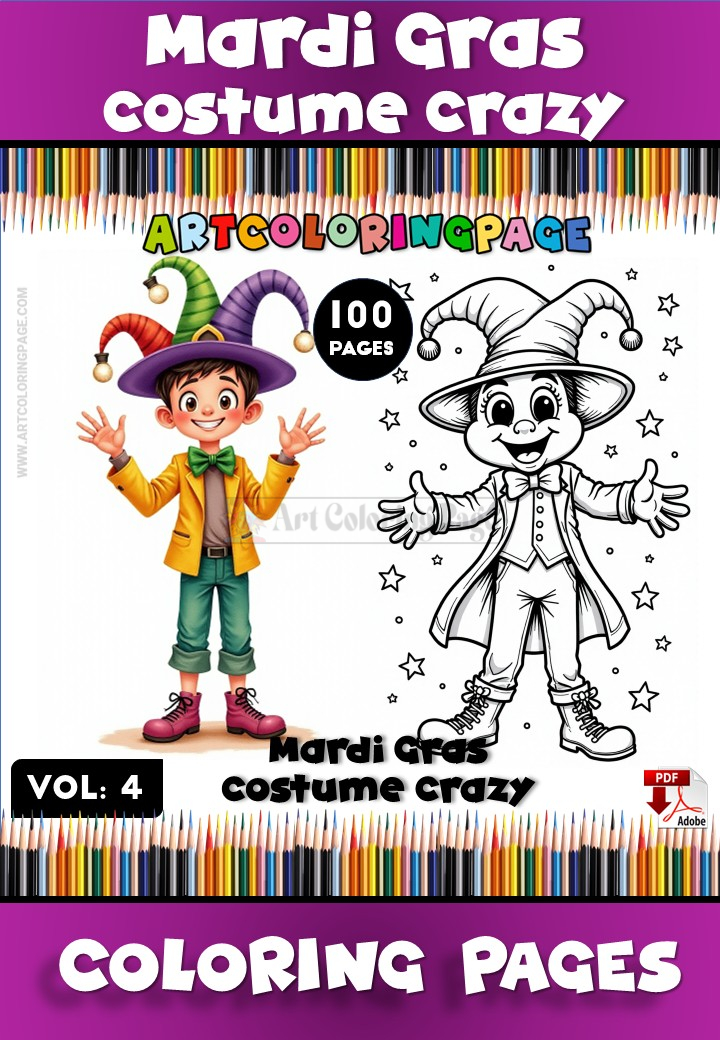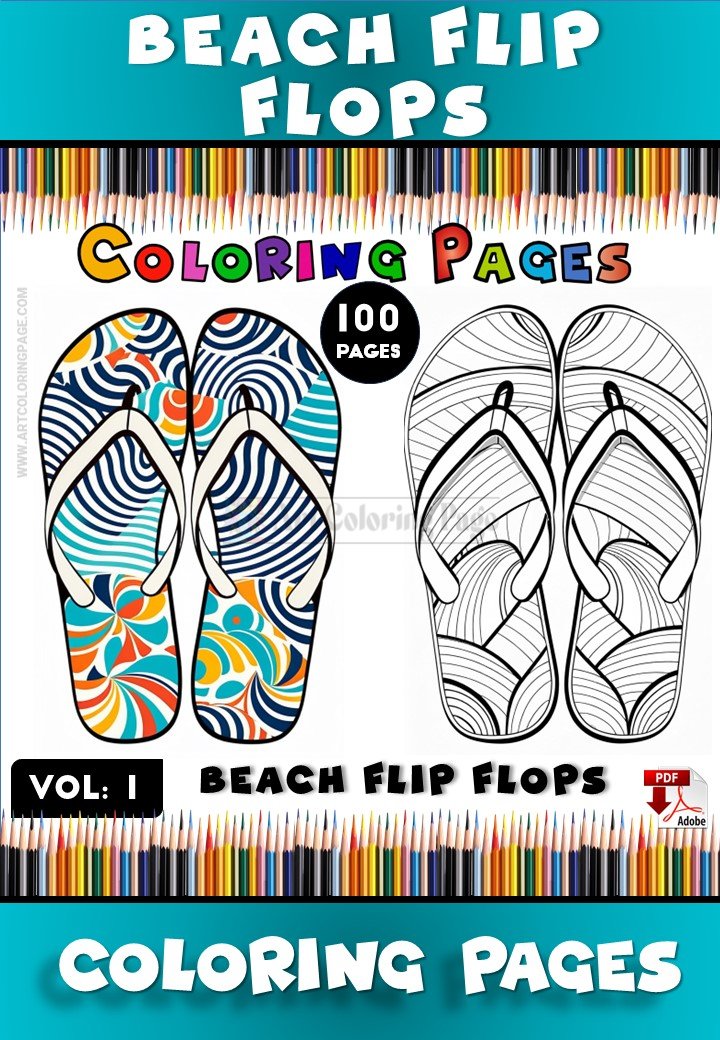Blogs coloring page
The Therapeutic Benefits of Coloring for Adults
Coloring isn’t just for kids anymore. Over the past decade, an unexpected yet delightful trend has emerged: adults are picking up colored pencils and markers, rediscovering the joy of filling in intricate designs, patterns, and mandalas. But why has this seemingly simple activity gained so much traction among grown-ups? Turns out, it’s more than just fun—it’s a gateway to relaxation, mindfulness, and emotional well-being. Let’s dive into the therapeutic benefits of coloring for adults and uncover why this creative pastime might be exactly what you need to feel more balanced and at peace.
Introduction to Coloring as a Therapeutic Activity
Overview of Adult Coloring
The Rise of Adult Coloring Books
Have you noticed the explosion of adult coloring books flooding bookstores, online marketplaces, and even grocery store aisles? From intricately designed mandalas to whimsical nature scenes, these books are everywhere. What started as a niche hobby has grown into a global phenomenon. This rise is no accident—publishers and creators tapped into a universal need for relaxation and creativity. Adult coloring books are now a multi-million-dollar industry, with themes ranging from mindfulness and stress relief to pure entertainment.
Why Adults Are Turning to Coloring
So, why are adults turning to coloring? Life, as you know, can be overwhelming. Between work deadlines, family responsibilities, and endless to-do lists, the modern world often leaves little room for creative expression or mental downtime. Coloring offers a rare opportunity to disconnect from the chaos and reconnect with yourself. It’s nostalgic, reminding you of carefree childhood days, but it’s also purposeful, helping you unwind and recharge. Think of it as a mini-vacation for your mind, one page at a time.
The Connection Between Art and Mental Health Benefits of Coloring for Adults
Art as a Form of Therapy
Did you know that art has been used as a form of therapy for decades? Known as art therapy, this practice helps individuals express emotions, process trauma, and improve overall mental health through creative activities. While traditional art therapy often involves a licensed therapist, the principles can be applied more casually. Engaging in art—even something as simple as coloring—triggers a creative flow state, allowing you to channel thoughts and emotions you might struggle to verbalize.
How Coloring Fits Into the Spectrum of Art Therapy
Coloring, while not a replacement for formal art therapy, fits beautifully into this concept. It’s accessible to everyone, regardless of skill level. You don’t need to be Picasso to enjoy the therapeutic effects of filling in shapes and patterns. By focusing on colors and designs, you immerse yourself in the present moment, distancing your mind from stressors and worries. Essentially, coloring is like a “lite” version of art therapy with all the benefits but none of the pressure.
Coloring and Relaxation: How Coloring Reduces Stress in Adults
The Science Behind Coloring and Stress Relief
How Coloring Engages the Brain
When you color, you engage both sides of your brain—the analytical left side and the creative right side. The left brain helps you decide on colors and follow outlines, while the right brain allows you to express yourself creatively. This dual engagement creates a state of focused relaxation, much like meditation. It’s the perfect balance between logic and creativity, giving your brain a much-needed break from overstimulation.
The Role of Focus and Mindfulness in Stress Reduction
Coloring demands your attention. You’re not just mindlessly scribbling; you’re actively selecting colors, filling in spaces, and concentrating on staying within the lines. This focused attention pulls you into the present moment, a cornerstone of mindfulness. And as your mind zeroes in on the task at hand, stressors fade into the background. It’s like hitting the “pause” button on life, even if only for a little while.
Coloring as a Tool for Emotional Regulation
Releasing Negative Emotions Through Creative Expression
Ever feel like you’re bottling up emotions? Coloring can act as a release valve. The act of putting pen to paper allows you to channel pent-up feelings in a non-verbal, constructive way. Maybe you choose bold, intense colors when you’re angry or soft pastels when you’re calm. Either way, the process helps you process and release emotions, leaving you feeling lighter and more centered.
The Calming Effect of Repetitive Patterns
There’s something inherently soothing about repetitive patterns. Mandalas, for instance, are a popular choice in adult coloring books because their symmetrical designs create a sense of order and balance. As you color these patterns, your mind slips into a rhythmic flow, mirroring the repetitive nature of the task. It’s like a lullaby for your brain, gradually easing you into a state of calm.
Mindfulness Through Coloring
What is Mindfulness?
Definition and Core Principles
Mindfulness is more than a buzzword—it’s a way of life. At its core, mindfulness is about being fully present in the moment, without judgment. It’s the practice of observing your thoughts, feelings, and surroundings without getting lost in them. Think of it as mental decluttering, a way to clear the mental chatter and simply “be.”
The Role of Mindfulness in Mental Well-Being
Mindfulness has been linked to reduced anxiety, improved focus, and greater emotional resilience. By training your mind to stay in the present, you’re less likely to dwell on past regrets or future worries. It’s like building a mental muscle that helps you navigate life’s challenges with greater ease and clarity.
How Coloring Promotes Mindfulness
Staying Present in the Moment
When you’re coloring, you’re not thinking about tomorrow’s deadlines or yesterday’s mishaps. You’re fully immersed in the here and now, choosing colors, shading gradients, and enjoying the process. It’s a rare opportunity to slow down and savor the moment.
Focusing on Colors, Patterns, and Shapes
Each stroke of the pencil or marker requires your attention. Whether you’re debating between teal and turquoise or deciding how to blend shades, you’re engaging your senses and staying focused. This sensory engagement is a hallmark of mindfulness, grounding you in the present.
Disconnecting From Digital Distractions
Let’s face it: we’re all glued to our screens. Coloring offers a much-needed escape from the digital world, giving your eyes and mind a break. No notifications, no emails, no endless scrolling—just you, your coloring tools, and the page in front of you.
Stress Relief Through Coloring
The Psychological Impact of Coloring
Lowering Cortisol Levels
Cortisol, often dubbed the “stress hormone,” is your body’s response to pressure or danger. While helpful in small doses, chronic stress keeps cortisol levels elevated, wreaking havoc on your body and mind. Coloring has been shown to reduce cortisol levels, helping your body return to a state of equilibrium.
Reducing Symptoms of Anxiety and Depression
Coloring isn’t a cure-all, but it can be a powerful tool for managing anxiety and depression. The calming, repetitive nature of the activity soothes racing thoughts and creates a sense of accomplishment. Even the simple act of completing a page can boost your mood and provide a small but meaningful sense of control.
Coloring as a Form of Active Meditation
Similarities Between Coloring and Traditional Meditation
Meditation often involves focusing on your breath or a mantra. Similarly, coloring requires sustained attention on the task at hand, creating a meditative state. Both activities quiet the mind, reduce stress, and promote inner peace.
How Coloring Helps Quiet the Mind
Have you ever noticed how your mind feels quieter when you’re coloring? That’s because the activity engages your brain in a way that leaves little room for overthinking. It’s like giving your mind a mini-vacation, allowing it to rest and recharge.
Additional Therapeutic Benefits of Coloring for Adults
Boosting Creativity and Problem-Solving Skills
How Coloring Encourages Creative Thinking
Coloring rekindles your creativity. By experimenting with colors and designs, you tap into your inner artist, which can have ripple effects in other areas of your life. Creative thinking isn’t just about making art—it’s about approaching problems with fresh perspectives and innovative solutions.
The Link Between Creativity and Mental Resilience
Creativity and resilience go hand in hand. When you engage in creative activities, you build mental strength, adaptability, and the ability to think outside the box. Coloring, in its simplicity, fosters this connection, making you more resilient in the face of life’s challenges.
Improving Focus and Concentration
The Role of Coloring in Enhancing Cognitive Function
Coloring isn’t just relaxing—it’s mentally stimulating. By requiring focus and attention to detail, it activates neural pathways that enhance cognitive function, improving memory, focus, and problem-solving skills.
How Coloring Helps Combat Mental Fatigue
Ever feel mentally drained? Coloring offers a low-effort yet highly effective way to recharge. It’s like a mental power nap, helping you regain clarity and focus without the need for screens or caffeine.
Strengthening Fine Motor Skills
The Physical Benefits of Coloring benefits of coloring for adults
Coloring isn’t just good for your mind—it’s great for your body too. Holding and manipulating coloring tools improves hand strength, dexterity, and coordination, especially in older adults.
Coordination Between the Brain and Hands
The act of coloring creates a connection between your brain and hands, enhancing motor skills and hand-eye coordination. It’s a simple yet effective way to keep both your mind and body sharp.
Practical Tips for Incorporating Coloring Into Your Routine
Choosing the Right Coloring Tools
Types of Coloring Books for Adults
Not all coloring books are created equal. Look for ones that resonate with you, whether it’s intricate mandalas, nature scenes, or inspirational quotes. The key is to choose designs that spark joy and relaxation.
Selecting Pencils, Markers, or Crayons
Your tools matter. Colored pencils offer precision, markers provide bold hues, and crayons bring a nostalgic touch. Experiment to find what works best for you.
Setting Up a Relaxing Coloring Environment
Creating a Quiet and Comfortable Space
Set the stage for relaxation. Find a quiet corner, grab a cozy chair, and eliminate distractions. Your coloring space should feel like a sanctuary.
Incorporating Soothing Music or Aromatherapy
Enhance the experience with ambient music or calming scents like lavender or chamomile. These little touches can amplify the therapeutic effects of coloring.
Making Coloring a Habit
Allocating Time for Coloring in Your Schedule
Consistency is key. Whether it’s 10 minutes before bed or a weekend ritual, carve out dedicated time for coloring.
Combining Coloring With Other Relaxation Techniques
Pair coloring with deep breathing, meditation, or a cup of tea for a multi-sensory relaxation experience. It’s self-care at its finest.
Conclusion
Recap of the Therapeutic Benefits of Coloring for Adults
Coloring is more than a pastime—it’s a powerful tool for relaxation, mindfulness, and emotional well-being. From lowering stress to boosting creativity and focus, its benefits are as diverse as they are profound.
Encouragement to Start Coloring
So, what are you waiting for? Pick up a coloring book, grab some pencils, and let your inner artist shine. It’s a simple, affordable, and deeply rewarding way to nurture your mind, body, and soul.
FAQs benefits of coloring for adults
Is adult coloring the same as art therapy?
Not quite. While coloring shares therapeutic elements with art therapy, formal art therapy involves a licensed professional.Do I need to be artistic to benefit from coloring?
Absolutely not! Coloring is for everyone, regardless of skill level.How long should I spend coloring each day?
Even 10-15 minutes can make a difference, but feel free to color as long as you like.Can coloring replace meditation?
While not a direct replacement, coloring can complement meditation by promoting a similar state of mindfulness.What type of coloring books are best for stress relief?
Books with intricate designs like mandalas or nature scenes are particularly calming. Choose patterns that resonate with you.


